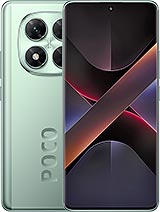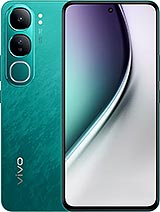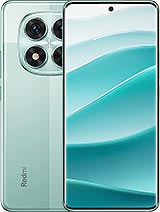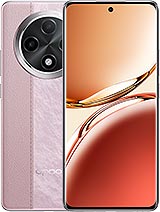Lava Agni 3 alternatives
Tap above to see alternatives.
Vivo Y300 Plus alternatives
Tap above to see alternatives.
Vivo Y300 Plus
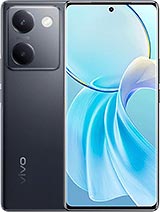
Vivo Y300 Plus
-
Snapdragon 695
6 nm
-
5000 mAh
44W
-
6.78"
1080 x 2400 pixels
-
50 MP
1080p@30fps
4x2.5 GHz Cortex-A78
4x2.0 GHz Cortex-A55
2x2.2 GHz Kryo 660 Gold
6x1.8 GHz Kryo 660 Silver
8GB 256GB (UFS 3.1)
(wide), 1/1.55", 1.0µm, PDAF, OIS
8 MP
(telephoto), 1.0µm, PDAF, 3x optical zoom
8 MP
112˚ (ultrawide)
f/1.8, (wide), PDAF
2 MP
f/2.4, (depth)
1080p@30fps
f/2.0, (wide), 1.0µm
f/2.5, (wide)
SIM1: Nano, SIM2: Nano
SIM1: Nano, SIM2: Nano
FDD: N1, N2, N3, N5, N7, N8, N20, N28
TDD: N38, N40, N41, N66, N77, N78
FDD: N1, N3, N5, N8
TDD: N77, N78
FDD: N1, N2, N3, N5, N7, N8, N20, N28
TDD: N38, N40, N41, N66, N77, N78
FDD: N1, N3, N5, N8, N28
TDD: N77, N78
In this comparison, the Lava Agni 3 with the Mediatek Dimensity 7300 (4nm) performs better than the Vivo Y300 Plus with the Qualcomm Snapdragon 695 (6nm), thanks to its more efficient chipset.
The Lava Agni 3 offers 3 years of OS updates, while the Vivo Y300 Plus provides 2 years. When it comes to security updates, Lava Agni 3 leads with 4 years of support.
Both phones feature AMOLED displays. They have the same 120 Hz refresh rate. Vivo Y300 Plus also has a brighter display with 1300 nits, improving outdoor visibility. Notably, Lava Agni 3 has a higher resolution display, resulting in sharper visuals.
Both phones have the same 5000 mAh battery capacity. Lava Agni 3 supports faster wired charging at 66W.
Lava Agni 3 offers better water and dust resistance with an IP64 rating.




